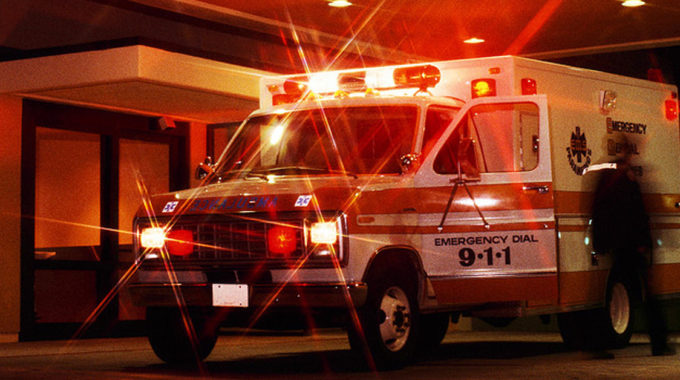
What is a Full-Code Hospice Patient?
A full-code hospice patient is a hospice patient who chooses to be resuscitated if he or she stops breathing or if the heart stops beating. Most hospice patients do not choose this. More patients enrolled in hospice choose to not be resuscitated. This is a deeply personal decision.
What is a DNR or DNI?
These are do-not-resuscitate (DNR) or do-not-intubate (DNI) orders. Whether in hospice or not, all patients start as full-code patients. If a person needs to have his or her life saved, the default response of a healthcare professional is to save that life. However, during hospice, patients have days or months of life left, and all medical options have been explored. For this reason, hospice patients will usually choose to not be resuscitated when the time comes. To make this wish known, hospice patients or their proxies must execute DNR or DNI orders.
Do Some Hospices Require a DNR?
It is a common misconception that Medicare requires a DNR for patients to receive hospice benefits. Under Medicare guidelines, a DNR is *not* an eligibility requirement for hospice. However, hospice nurses make it their jobs to explain end-of-life care issues and documents to patients and to help patients execute those documents if needed. Some hospice professionals report that individual programs, especially non-Medicare programs, require a DNR. If this is the case, this is an uncommon policy decision made by the occasional isolated agency. As a general Medicare requirement, DNRs are optional.
How Many People Choose Full-Code Hospice?
In fact, 13% of hospice patients choose to be resuscitated should the need arise. Patients who are younger, male, or diagnosed with cancer prove more likely to choose full-code status.
Are Full Code Hospice Patients More Likely to Extend Life?
Some might ask, “Why wouldn’t you want to be resuscitated if your heart stopped or if you stopped breathing?” This question is based in part on a common assumption that resuscitating a patient saves the life. In hospice, it does not. It only prolongs the process.
This question was recently studied by Claire Ankuda of the Robert Wood Johnson Clinical Scholars Program of the University of Michigan. Ankuda and colleagues studied the records of 25,636 hospice patients, looking at the effect full-code status had on discharge. At first glance, it may look like full-code hospice patients were more likely to live beyond their time in hospice. Indeed, full-code hospice patients proved 1.76 times more likely to discharge from hospice alive. However, this is not the full story. When patients start receiving certain types of hospital care, home hospice must discharge them. Most of these patients passed away shortly after being discharged from hospice. When we look only at people who lived greater than 179 days after hospice discharge, there was no difference between patients with DNRs and full-code hospice patients.
In conclusion, the choice of resuscitation is a deeply personal one. Medicare gives patients the freedom to choose. All hospice agencies will review DNR options with patients, and most will leave that choice to the patient. The choice between DNR or full-code does not affect long-term survival. In the end, the choice comes down to what makes each individual patient more comfortable.





